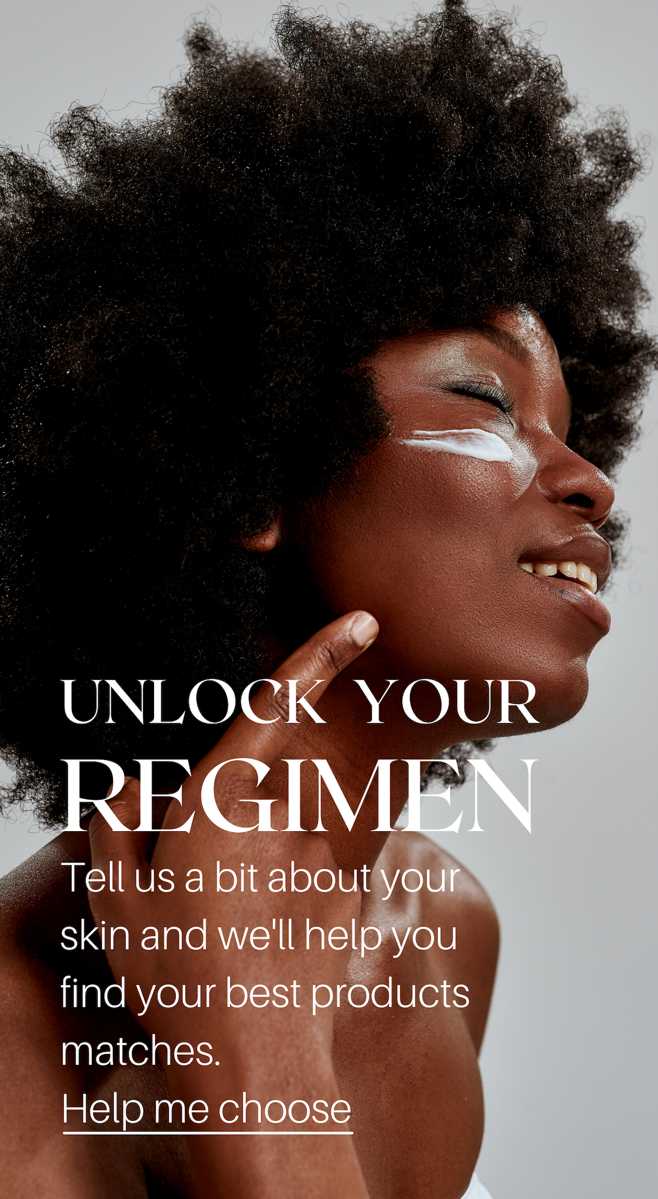Post-Inflammatory Hyperpigmentation, What?

What exactly is post-inflammatory hyperpigmentation (PIH), besides a lot of syllables?
It’s skin’s inflammatory response to insult or injury. It can be triggered by anything from a cosmetic procedure like microdermabrasion, lasers or peels, to acne, or even a cut.
You know it as the red or dark patches of pigmentation that show up on your skin in the wake of a pimple, a scratch, or other insults to the skin. The injury or irritation triggers inflammation as your skin fights to protect itself. That, in turn, triggers melanin production, your skin’s shield against aggressors, creating the spots that linger, sometimes permanently. While PIH occurs in all skin tones, darker skin tones tend to be more susceptible.
So what can you do to avoid the problem? First, try to avoid inflammation and irritation to prevent PIH from happening in the first place.
Control acne. Acne is a common cause of PIH. If your skin is acne prone, keep it clear with a solid skin care regimen that includes an acne-fighting cleanser like Vivant’s BP 3% Acne Wash to flush out pores, kill acne-causing bacteria and stop breakouts before they start. For stubborn acne, add topical BP 10% Gel Medication to the mix to take your acne fighting game to the next level. (Benzoyl peroxide is not recommended for dark skin tones. See the next tip.)
Be careful what you use on your skin. Some of the most effective ingredients can also be some of the more irritating. If you have dark or sensitive skin, quick-penetrating agents like benzoyl peroxide or glycolic acid may trigger a response. Opt for products that use the gentler mandelic acid. Its larger molecular size makes it slower to penetrate skin. And mandelic acid is a natural brightener, so it does double duty. Vivant’s 8% Mandelic Acid 3-in-1 Serum is a perfect choice to exfoliate, brighten and boost skin health.
Work some anti-inflammatory ingredients into your routine. Since PIH is the result of inflammation, it’s a good idea to use ingredients that calm skin and protect the skin’s protective barrier. Grape seed extract, green tea extract, allantoin (derived from the comfrey plant), aloe, oat protein and zinc peptides are all potent anti-inflammatories with a whole lot of additional benefits for the skin. Vivant’s Allantoin Sedating & Hydrating Lotion contains all of those ingredients to keep skin soothed and healthy.
For both preventing and reversing PIH, gentle exfoliation is your friend. Sloughing off the upper layers of dead skin will bring excess melanin to the surface and replace those discolored layers of skin with bright, new skin.
Retinoids to the rescue. Vitamin A propionate was developed by Dr. Fulton to effectively exfoliate with less irritation than the prescription strength Retin-A. This makes it the ideal for keeping skin clear, healthy and even-toned. It’s the key ingredient in Vivant’s vitamin A therapies including Derm-A-Gel®, a transformative vitamin A starter serum to accelerate cell renewal, diminish discoloration, and promote a brighter, clearer complexion.
Avoid sun exposure. PIH becomes darker and more noticeable when exposed to UV, so sun protection is a must. Always. Use broad-spectrum sunscreen for outdoor activity, and a daily moisturizer with sun protection like Vivant Day Treatment Lotion SPF 15 with zinc peptides and aloe to support healthier skin and reduce inflammation while guarding against UV damage.
Look on the bright side.
There are a number of brightening ingredients that can help fade discoloration. These melanin-blockers work either by inhibiting the enzyme tyrosinase (the catalyst for melanin production), or by blocking the transfer of melanosomes to skin cells. Kojic acid, niacinamide, green tea extract, and 2% hydroquinone are among the top performers here.
Certain alpha hydroxy acids like mandelic, glycolic and lactic acid provide a one-two punch by accelerating turnover of the epidermis and inhibiting the production of melanocytes.
With 2% hydroquinone, kojic acid and vitamin A propionate, Vivant’s Bleaching Cream is the ultimate defense against PIH. For those sensitive to hydroquinone, Exfol-A™, with vitamin A propionate, glycolic acid, kojic acid, lactic acid and niacinamide, is a potent cocktail of brightening and renewal.
Pro tip: All corrector products work most effectively when there’s a clear path to penetrate the skin. Optimize your results by adding a toner to your routine to refine skin, remove impurities, and create a clean palette for your additional products.


Comments
Re Nafeesah:
Unfortunately, ochronosis is a permanet condition. We would advise you consult your dermatologist.
What to use for skin damaged by hydroquinine. I have ochronosis. Jusy hel to make the blue discoloration😭😭 fade a little